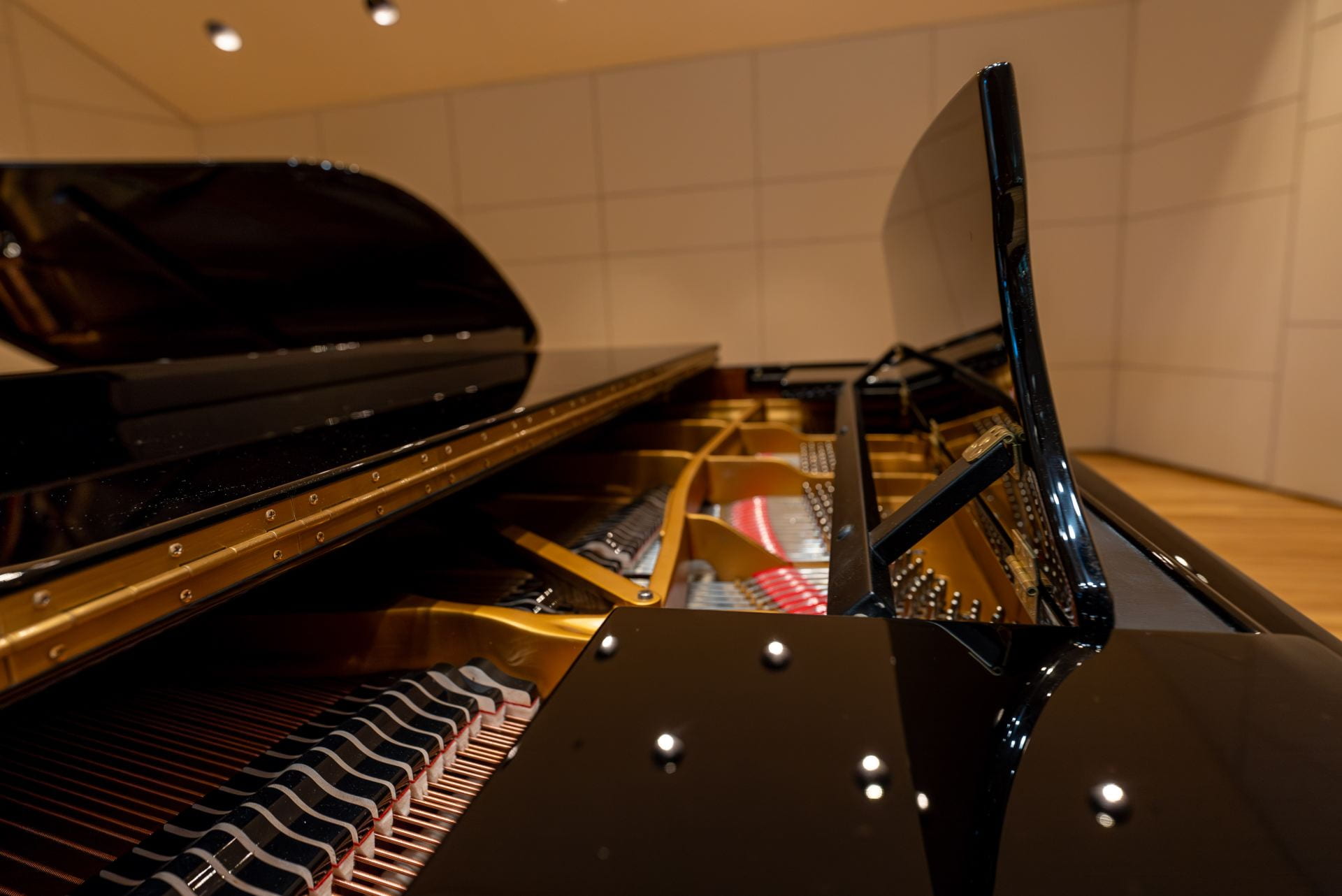
Extended Techniques/ Piano Preparation
Piano Preparation Form
General Guidelines for Extended Techniques
Room G16 located in the Music Building is the dedicated ‘experimental piano practice room’. This is the only room where students are allowed to experiment with extended techniques on a piano without obtaining prior permission. You must be granted permission to use extended techniques on all other pianos on campus before using the piano non-traditionally.
The Music Building’s concert hall, John Knowles Paine Hall, has two 2023 Steinway model D concert grand pianos; Piano P and Piano S. Piano P is the only piano in which the use of extended techniques will be permitted. Piano S is a Spirio|r model and will not be allowed the use of extended techniques of any kind under any circumstances.
Touching the Strings
If you are going to be touching the strings with your hands (harmonics, plucking, rubbing) you must wash your hands first. In addition we ask that you apply a reasonable amount (not too much) of talc powder to your hands to help prevent the transfer of oil from your skin to the string.
Screws and Bolts Inserted into the Strings
Only use new screws and bolts, or those in like new condition, in the piano. Screws and bolts showing any sign of rust or corrosion should never be inserted between the strings. Depress the damper pedal when inserting anything between the strings. Go slowly, taking great care not to let the screw come in contact with the soundboard.
Marking Inside the Piano
Do not mark inside the piano (particularly on the damper heads) with chalk, or any other writing apparatus. If you need to mark strings please label the bridge pins (rear of string), the agraffe (near the tuning pins), or the damper with a mild sticking agent like a Post-it note. When affixing a label to a damper, raise the damper first, by depressing the key. Failure to do so will push the damper into the string, compressing the felt and hindering its ability to damp.
Striking, Plucking, and Rubbing the Strings
The piano strings should never be struck, plucked, or rubbed with any object that has the potential to scratch, ding, or dent the string, such as a screwdriver.
Blu-Tack
Blu-Tack is the only acceptable substance for direct application to the strings. All other substances must be approved by Piano Technical Services.
Clean up
You are expected to clean up after yourself and leave the piano in the same condition you found it. Do not, however, risk damaging the piano for the sake of clean up. Serious damage can result from trying to clean the soundboard or retrieve an item that has fallen under the strings. If you need assistance removing something please contact Piano Technical Services.